Disclosure: This article contains affiliate links. We may earn a commission from purchases at no extra cost to you, which helps our travel content.
The first time I stepped off the metro at Hongdae station, I was hit by a sensory overload that immediately told me Seoul was unlike any other Asian metropolis I'd explored. Having traversed countless urban landscapes from Melbourne to Manchester, I thought I'd seen it all—but Seoul's creative districts possess a unique alchemy of ancient heritage and hyper-modernity that continually surprises even the most seasoned urban explorer. As someone who's spent years documenting how transportation and architecture shape city identities, Seoul fascinates me with how it's transformed industrial relics and university neighborhoods into thriving cultural hubs without erasing their authentic character. This spring, I dedicated a week to exploring the city's most dynamic creative districts, navigating between street art havens and post-industrial workshops turned artisanal cafés. What I discovered was a masterclass in urban regeneration that cities worldwide could learn from.
Hongdae: Where Street Art Meets Youth Culture
Named after the nearby Hongik University, famous for its prestigious art program, Hongdae pulses with creative energy that spills from classroom to streetscape. My exploration began at the iconic Hongdae Walking Street, where the boundary between formal art installation and guerrilla expression blurs beautifully.
What immediately struck me was how different this felt from Melbourne's laneways or Berlin's urban galleries. Seoul's street art scene has its own visual language—one that incorporates traditional Korean motifs alongside global pop culture references. Murals here often feature vibrant characters from local webtoons (Korean digital comics) alongside social commentary that requires a bit of cultural context to fully appreciate.
As evening approached, the district transformed. Street performers emerged at every corner—b-boys breaking on cardboard sheets, indie musicians with acoustic guitars, and even a remarkable drummer using nothing but plastic buckets. I found myself lingering for hours, captivated by how these performances created temporary communities of strangers.
The area's creative spirit extends to its shopping experiences. Skip the mainstream stores and dive into the independent boutiques along the side streets, where young designers sell everything from hand-printed t-shirts to avant-garde accessories. I found a gorgeous handmade leather journal that's now my dedicated Seoul travel diary, crafted by a university student in a tiny workshop behind a bubble tea shop.
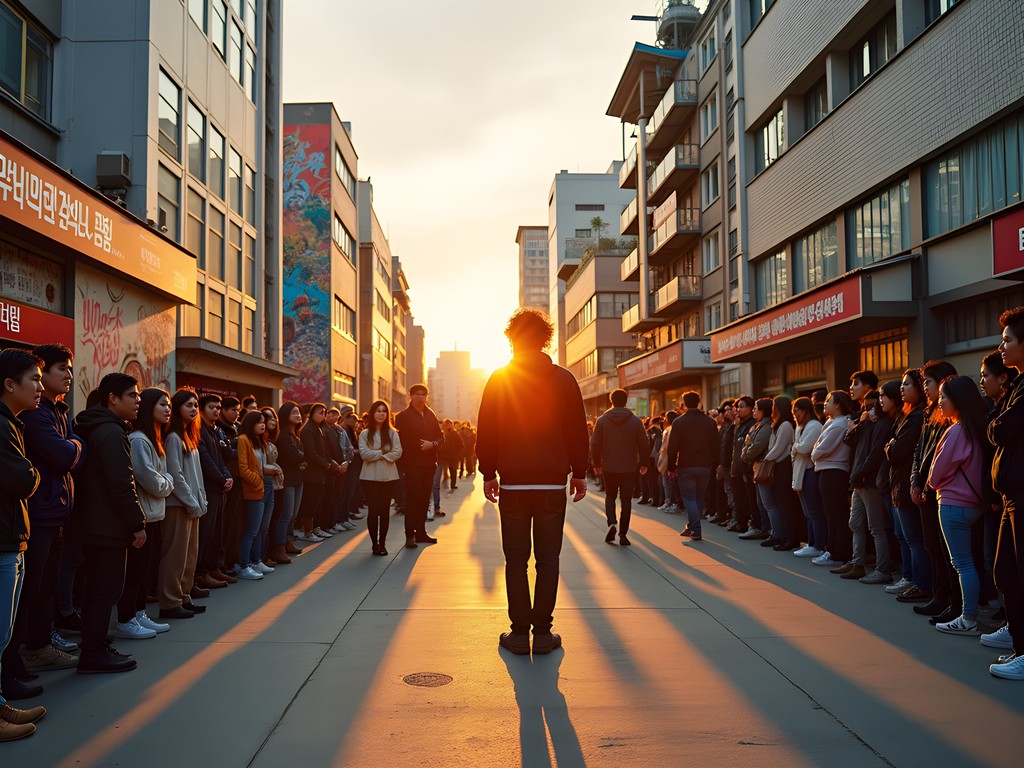
💡 Pro Tips
- Visit on weekends for the best street performances, particularly in the late afternoon
- Check out Club FF for live indie music if you're looking for authentic local sounds
- Many street art pieces change frequently, so consider joining a guided tour with a local art student for context
Seongsu-dong: Seoul's Brooklyn Transformation
If Hongdae represents Seoul's youthful exuberance, Seongsu-dong showcases its sophisticated approach to industrial regeneration. Often called 'Seoul's Brooklyn,' this former shoe manufacturing district has undergone a remarkable metamorphosis without succumbing to the soulless gentrification I've witnessed in similar neighborhoods worldwide.
The skeleton of Seongsu-dong's industrial past remains deliberately visible—concrete facades, exposed pipes, and steel beams have been incorporated into new designs rather than concealed. It's a respectful nod to the workers who once powered this neighborhood, something that resonated with my own background growing up around Brisbane's evolving industrial zones.
Coffee culture reigns supreme here, with roasteries and specialty cafés occupying former factories. I spent one particularly memorable morning at Daelim Warehouse, where the original industrial equipment serves as décor among minimalist concrete seating areas. The barista, noticing my interest in the building's history, showed me photos of how the space looked before renovation.
For photographers, Seongsu-dong is a dream. The interplay of harsh industrial elements with soft, intentional design touches creates compositions that practically frame themselves. I found my camera strap constantly in use, as every corner offered another compelling visual story about urban transformation.
Beyond cafés, the area hosts numerous independent furniture makers, leather workshops, and design studios. Many welcome visitors and offer workshops—I participated in a leather keychain making session where the craftsman explained how Seongsu-dong's shoe-making heritage influences contemporary leather goods production.
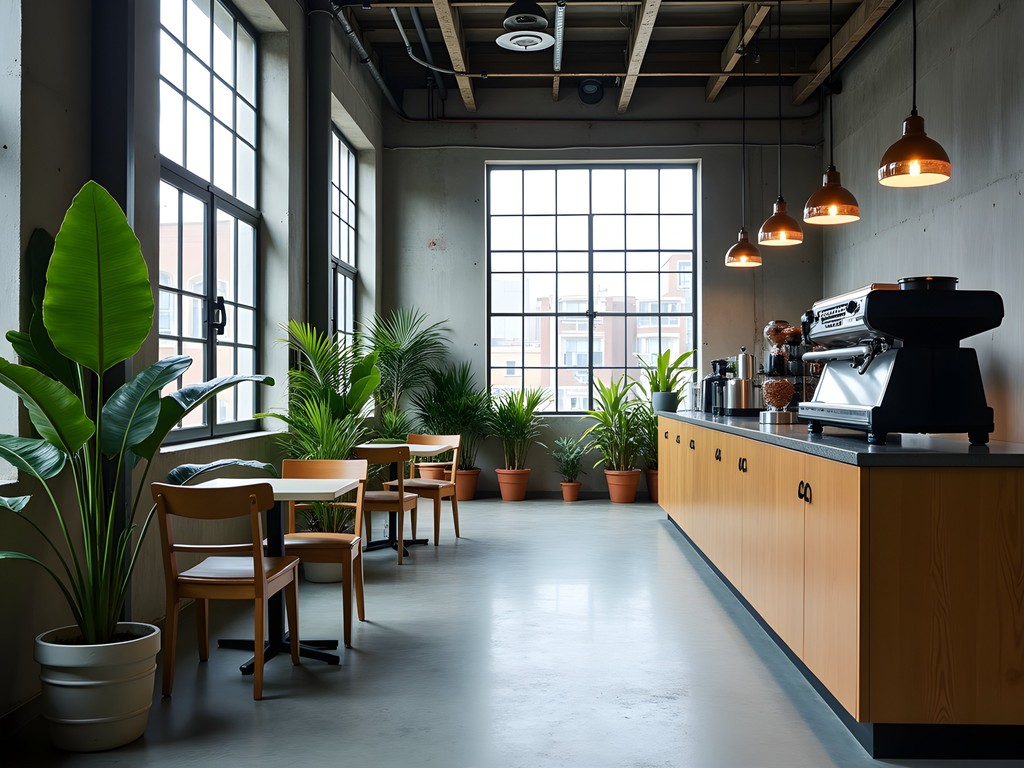
💡 Pro Tips
- Visit on weekdays to avoid crowds and have more meaningful interactions with shop owners and artisans
- Follow the 'Under Stand Avenue' project—a collection of shipping containers housing rotating pop-up shops by local designers
- Many buildings don't have obvious signage—look for clusters of well-dressed young Koreans to find the most interesting spots
Navigating Between Creative Hubs: Seoul's Transport Experience
One aspect of Seoul that particularly fascinates me as an urban planning enthusiast is how its transportation infrastructure connects these creative districts while becoming an experience in itself. The metro system here deserves special recognition—it's not merely a utilitarian means of getting around but an extension of the city's design consciousness.
The Seoul Metro carries you between creative districts with remarkable efficiency. Stations like Hongik University (Hongdae) and Ttukseom station (near Seongsu-dong) aren't just transit points but destinations featuring art installations, performances, and pop-up markets. I found myself deliberately arriving early for trains just to explore the underground cultural spaces.
For those who prefer above-ground transport with views, I recommend the city's extensive bus network. The blue buses particularly offer excellent vantage points for understanding how Seoul's topography influences its urban development. Sitting on the upper deck of a double-decker bus crossing Hangang Bridge provided me with perspective on how the river divides and unites the city's creative energy.
Walking remains my preferred method of urban exploration, and Seoul rewards pedestrians willing to venture between major sites. I tracked my daily adventures using my fitness tracker, often logging 20,000+ steps while discovering hidden galleries and workshops that no guidebook mentioned. The watch's solar charging feature proved invaluable during these long exploration days under Seoul's spring sunshine.
For those with limited mobility or when fatigue sets in, Seoul's taxi service is remarkably affordable compared to other global cities. The Kakao T app (Korea's equivalent to Uber) offers an English interface and makes navigation seamless even if you don't speak Korean.
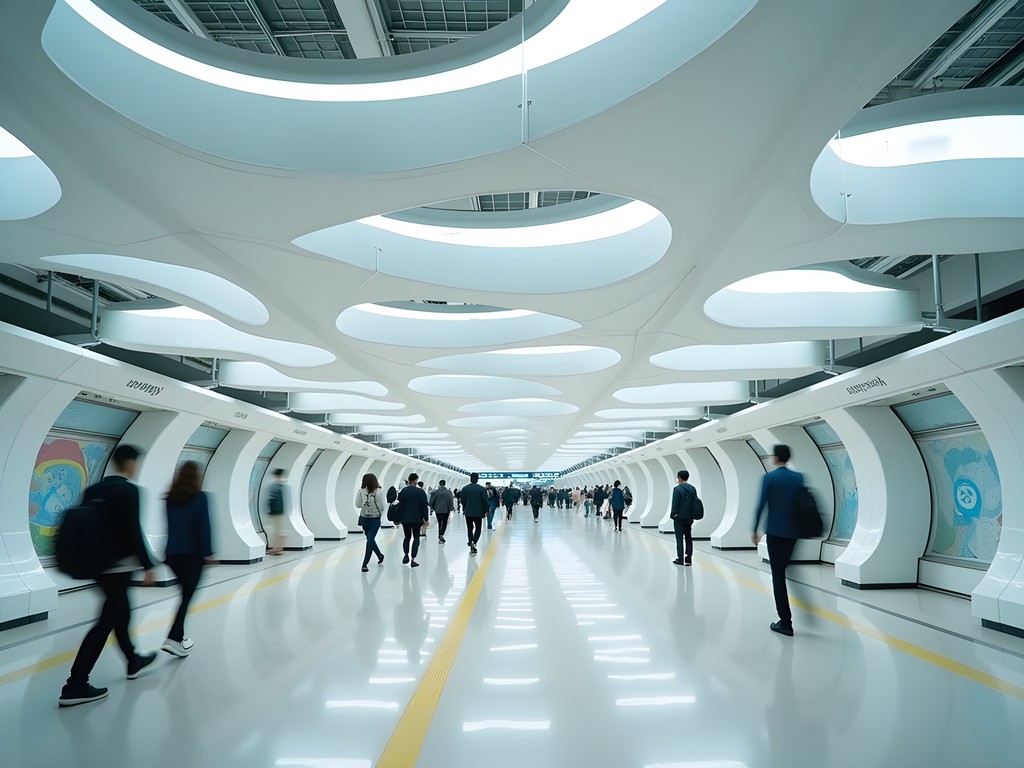
💡 Pro Tips
- Purchase a T-money card immediately upon arrival to use across all public transport systems
- Download Naver Maps rather than relying on Google Maps—it's far more accurate for Seoul's complex transit systems
- When exploring on foot, follow the lead of older locals who often know shortcuts through neighborhoods that don't appear on maps
Mullae-dong: Where Artists and Metalworkers Coexist
Mullae-dong represents something I've rarely seen executed successfully in other cities—a genuine coexistence between traditional industry and contemporary art. Unlike areas where artists move in only after industry moves out, here metal workshops and artist studios share walls, creating a fascinating dialogue between crafts.
Wandering through the narrow alleys, I encountered the distinctive soundtrack of Mullae: the rhythmic clanging of metalworkers punctuated by experimental music drifting from art spaces. This juxtaposition creates a sensory experience that perfectly encapsulates Seoul's approach to urban evolution—not erasing the past but building alongside it.
The district's transformation began around 2010 when artists, priced out of other areas, discovered the affordable spaces among the metalworking shops. Rather than displacing the existing businesses, they formed an unusual symbiosis. Today, sculptors collaborate with welders, and industrial materials find new life in art installations.
My favorite discovery was a small gallery housed in a former machine parts shop, where the original industrial shelving now displays ceramic works inspired by mechanical forms. The gallery owner, a former engineer turned potter, explained how living among the metalworkers had transformed his artistic practice.
Photography enthusiasts will find endless inspiration in Mullae-dong's visual contrasts. I recommend bringing a prime lens to capture the interplay of industrial textures and artistic interventions in the challenging lighting conditions of workshops and narrow alleyways. The lens's wide aperture proved perfect for documenting the district's character while maintaining image quality in dimly lit spaces.
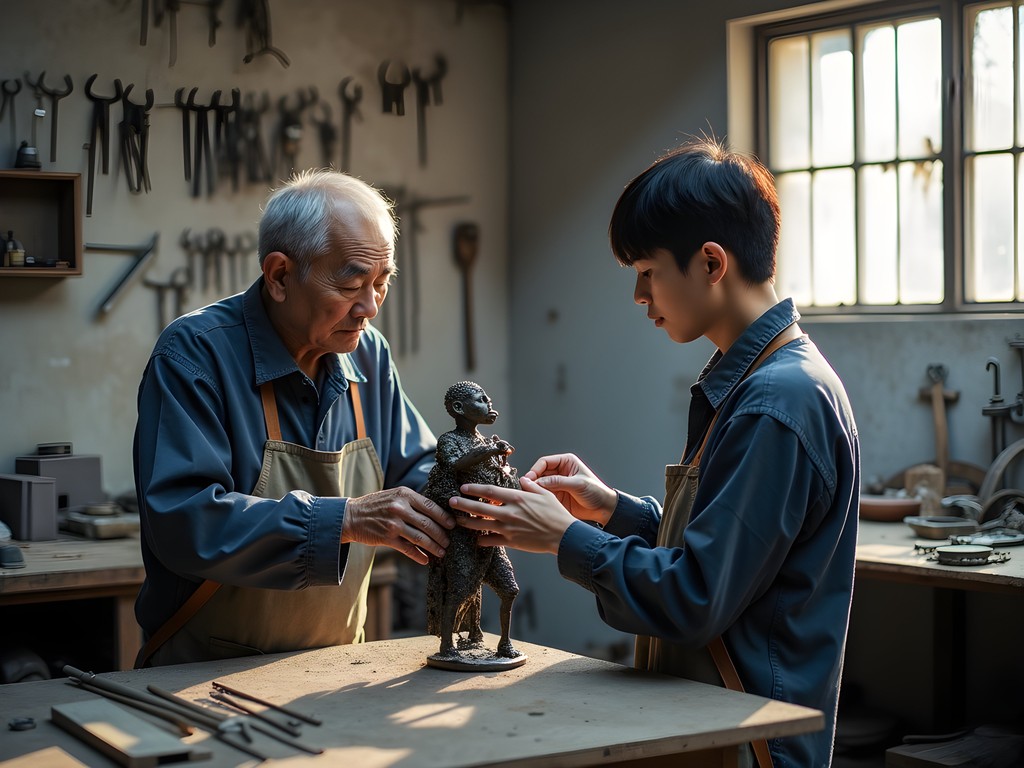
💡 Pro Tips
- Visit during weekday working hours to see both artists and metalworkers in action
- Look for the monthly 'Mullae Art Festival' which transforms the entire neighborhood into an open gallery
- Respect the working environment—ask permission before photographing metalworkers or entering workshops
Euljiro: Printing District Turned Hidden Bar Scene
My exploration of Seoul's creative transformation wouldn't be complete without mentioning Euljiro, a printing district that's developing a fascinating after-dark personality. During daylight hours, the area bustles with traditional printing shops, hardware stores, and lighting specialists operating much as they have for decades. But as evening falls, a parallel universe emerges.
Behind unmarked doors and through nondescript hallways, some of Seoul's most innovative bars and restaurants have taken up residence in former industrial spaces. The contrast between the fluorescent-lit printing shops and the moody, carefully designed interiors of these hidden establishments creates a compelling narrative about urban adaptation.
What makes Euljiro particularly special is that these new businesses haven't displaced the original ones—they operate in different time frames, sharing the same buildings but rarely intersecting. It's urban regeneration that adds rather than replaces, a model I wish more cities would follow.
Navigating Euljiro requires patience and curiosity. Many of the most interesting spots have no English signage and minimal internet presence. I found myself following groups of stylish locals down alleyways and through unmarked doors, discovering spectacular spaces that felt like rewards for the adventurous.
One memorable evening, I followed a simple concrete staircase between printing shops to discover a rooftop bar with a breathtaking view of N Seoul Tower. The space was furnished entirely with upcycled printing equipment—ink cabinets repurposed as seating, type drawers as wall art, and menus printed on paper samples.
For evening exploration, I found my compact flashlight essential for navigating the dimly lit passageways between venues. The small size meant I could keep it in my pocket, yet it provided enough illumination to confidently explore the labyrinthine industrial buildings after dark.
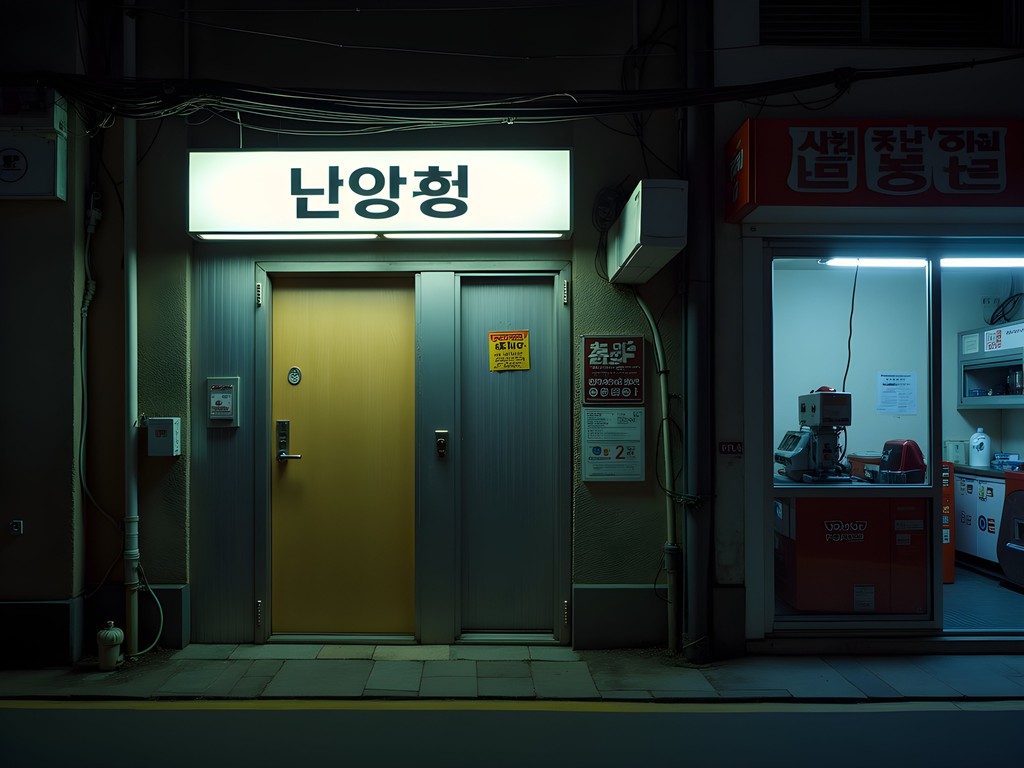
💡 Pro Tips
- Look for small groups of well-dressed young people entering nondescript buildings—they're likely heading to hidden venues
- Most hidden bars open after 7pm, when the printing businesses close
- Save offline maps of the area as GPS can be unreliable among the dense, narrow streets
Final Thoughts
As my week exploring Seoul's creative districts came to an end, I found myself reflecting on how this city has mastered the art of urban evolution without erasure. Where many global cities force an either/or choice between preservation and progress, Seoul embraces 'both/and' thinking—allowing industrial heritage and artistic innovation to coexist and enrich each other. For the solo urban explorer, these neighborhoods offer far more than Instagram backgrounds; they provide a masterclass in how cities can transform thoughtfully, respecting their working-class histories while embracing creative futures. Whether you're sketching street art in Hongdae, discussing leather craft with a Seongsu-dong artisan, or finding yourself in an unmarked Euljiro cocktail bar surrounded by printing press parts, Seoul's creative districts reward the curious traveler with experiences that challenge our understanding of what urban regeneration can achieve. I'll be bringing these lessons back to my work in Sheffield, where post-industrial spaces await similar thoughtful transformation.
✨ Key Takeaways
- Seoul's creative districts demonstrate how industrial heritage and artistic innovation can coexist rather than compete
- The most rewarding experiences come from venturing beyond obvious locations into side streets and unmarked buildings
- Transportation between districts is part of the cultural experience, not just a practical necessity
- Spring offers ideal conditions for urban exploration with comfortable temperatures and creative events
📋 Practical Information
Best Time to Visit
Spring (April-May) or Fall (September-October)
Budget Estimate
₩50,000-80,000 per day ($40-65 USD) excluding accommodation
Recommended Duration
5-7 days
Difficulty Level
Beginner
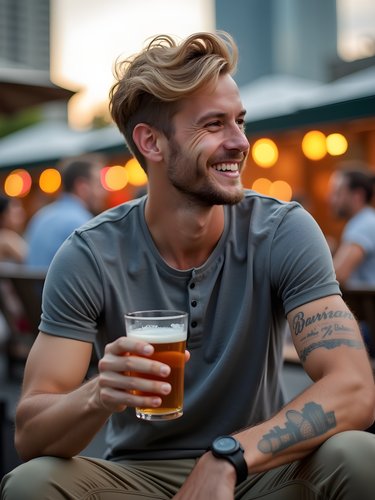

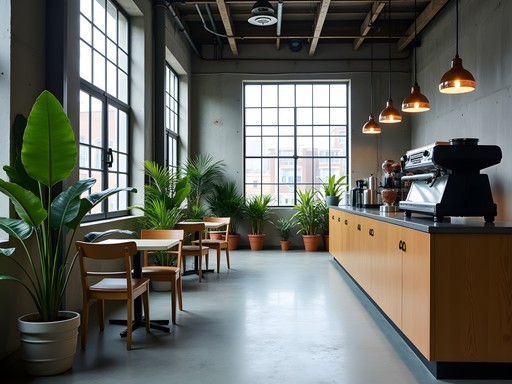
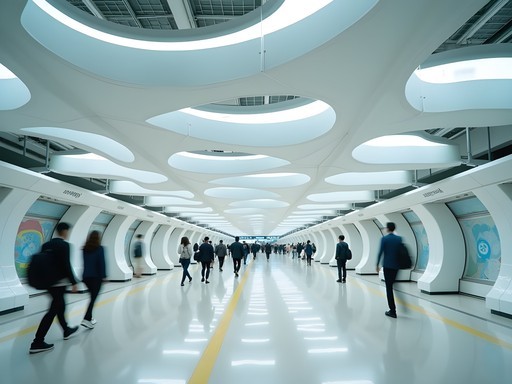

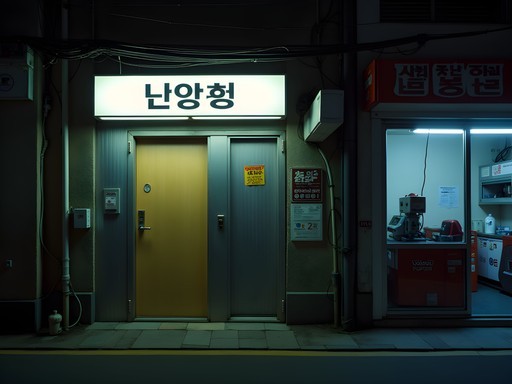


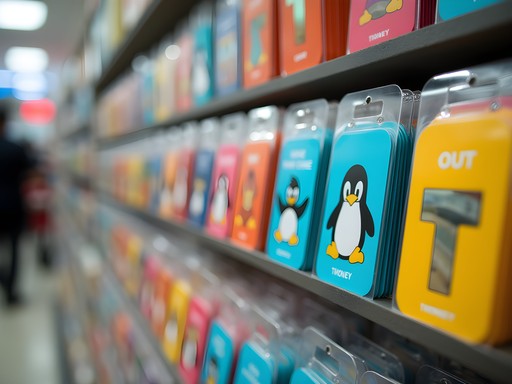
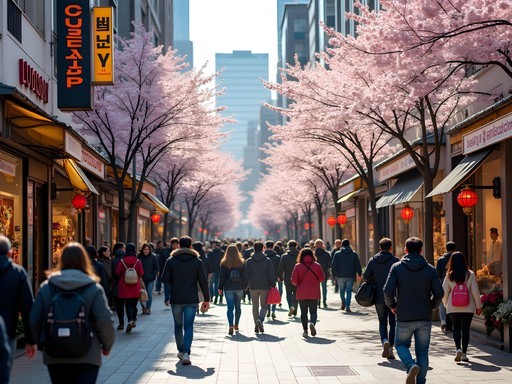

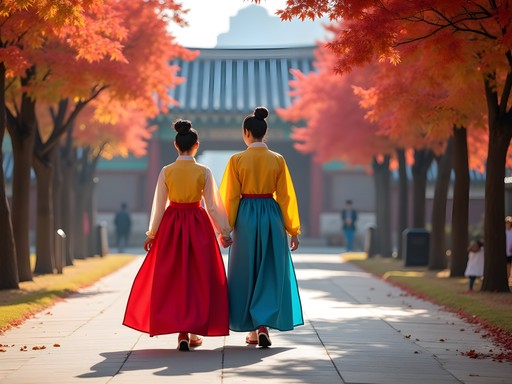

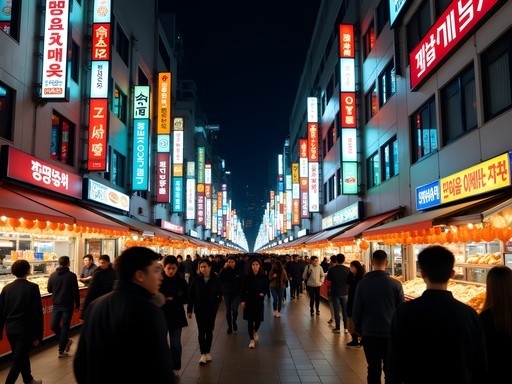
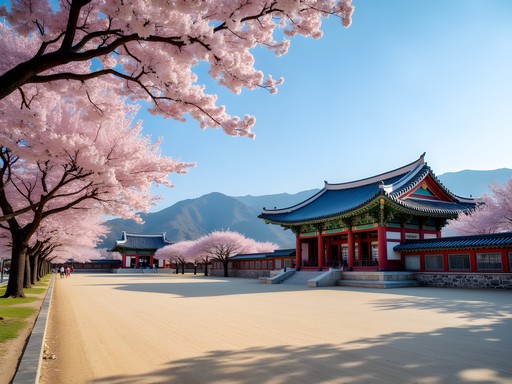

Comments
Megan Martin
Jerry, this is such a thoughtful exploration of Seoul's creative evolution! I was in Seoul last month for a business conference and extended my stay specifically to explore these neighborhoods. What struck me most was how Seongsu-dong has managed to preserve its industrial heritage while allowing for creative adaptation - something many cities attempt but few execute this successfully. For anyone visiting, I'd add that the contrast between morning and evening in these districts is remarkable. Hongdae completely transforms after dark, while Seongsu-dong has this beautiful golden hour when the sunlight hits all the concrete and steel structures. The coffee culture in both areas is exceptional too - I counted visiting 14 different cafes during my week there! Your transport section was spot-on about navigating between them. Seoul's metro system makes these creative pilgrimages so accessible for visitors.
skywalker
Going to Seoul next month and definitely want to explore these areas! Is it doable to visit both Hongdae and Seongsu-dong in one day? Or should I split them up?
Jerry Kelley
I'd definitely recommend splitting them up if you can. Both areas deserve at least half a day each, especially if you want to enjoy the cafes and really soak in the atmosphere. The metro connection is quick, but you'll want time to wander without rushing.
wanderluststar
Totally agree with Jerry. We tried doing both in one day and it was way too rushed. Hongdae is best in the evening anyway when the street performers come out!
greenfan
We did the public transportation between these districts too and it was so easy! The T-Money card was super convenient. One tip for anyone going - download Naver Maps instead of Google Maps. It was way more accurate for Seoul's public transport and even showed exactly which subway car exit to use. Saved us so much time navigating those massive stations. Also, if you're into photography like me, the Mullae-dong area Jerry mentioned is best visited on weekdays when you can see the contrast of artists and metalworkers in action.
skywalker
Thanks for the Naver Maps tip! Planning my trip for next month and was wondering about navigation apps.
greenfan
No problem! Also grab a portable translator if your Korean isn't great. Super helpful in the less touristy parts of these districts where English menus are rare.
bluephotographer
Great post! Those street art photos are amazing. What camera did you use?
Jerry Kelley
Thanks! I used my Sony A7III with a 24-70mm lens for most shots. Seoul's street art scenes have such great lighting, especially in the evening.
wanderluststar
Jerry, this post brought back so many memories! I spent three weeks in Seoul last summer and completely fell in love with Hongdae's energy. Those street performers near the playground area were incredible - we ended up staying until midnight just watching different acts. Did you check out Zapangi cafe in Seongsu-dong? It's that place with the pink vending machine entrance. Such a perfect example of how Seoul blends industrial spaces with Instagram-worthy spots. The contrast between Hongdae's chaotic creative energy and Seongsu-dong's refined industrial vibe is exactly what makes Seoul so fascinating.
Jerry Kelley
Thanks for the kind words! Yes, I did visit Zapangi - that pink vending machine entrance is genius marketing! I actually spent an entire afternoon just cafe-hopping in Seongsu-dong. The contrast between districts is exactly what I was trying to capture.
wanderluststar
The cafe-hopping in Seongsu-dong is unmatched! Did you have a favorite spot?
Jerry Kelley
Definitely Daelim Warehouse. The way they preserved the industrial elements while making it cozy was impressive. Plus, their cold brew was perfect for those hot Seoul afternoons!
skybuddy
Great post! How did you find the language barrier in these artsy districts? I'm planning a trip in February and wondering if I need to learn some basic Korean phrases or if English is widely spoken in these areas?
Jerry Kelley
Thanks for reading! In Hongdae and Seongsu-dong, you'll find more English speakers than other parts of Seoul, especially among younger Koreans and in cafes/shops catering to tourists. That said, learning basic phrases goes a long way - even simple greetings got me big smiles. I used translation app which works better than Google Translate for Korean specifically. Most subway stations have English signage, and picture menus are common!
skybuddy
Perfect, thanks! Will definitely download Papago before my trip.
Frank Garcia
Great write-up on Seoul's creative neighborhoods! I'd add that the contrast between these areas reveals Seoul's fascinating urban development strategy. Hongdae feels organically chaotic while Seongsu-dong shows more deliberate transformation. For anyone planning to visit, I'd recommend exploring Mullae-dong on weekdays when you can actually see the metalworkers in action alongside art studios. The juxtaposition is fascinating. Seoul's metro system deserves its own praise - I documented 45 different subway art installations during my last visit. One practical tip: get the T-Money card immediately and download Naver Maps instead of Google Maps for much better transit directions.
skybuddy
Naver Maps was a lifesaver for me too! Google Maps is basically useless in Seoul.
escapenomad
Just got back from Seoul last month and Hongdae was EXACTLY as you described - total sensory overload but in the best way! The street performers on Friday night were incredible. We stumbled upon this tiny vinyl bar hidden down an alley that played nothing but 80s Korean pop. Seongsu-dong has changed so much since I visited 3 years ago - those old shoe factories are now the coolest cafes. Did you check out Daelim Warehouse too? Similar industrial vibe but with more art installations.
Frank Garcia
What was the name of that vinyl bar? Heading to Seoul next month and that sounds right up my alley!
escapenomad
It was called 'Gopchang Jeongol' I think! Small entrance, look for a red door. They have amazing soju cocktails too!
sunnyguy
Love this post! The contrast between Hongdae's youthful energy and Seongsu-dong's industrial vibe is exactly what makes Seoul so special. Anyone visiting should definitely try the egg bread street food in Hongdae - absolute game changer!
exploreblogger
Great post! I'm heading to Seoul next month for the first time. Between Hongdae and Seongsu-dong, which would you recommend if I only have time for one? I'm into photography and love capturing street art and interesting architecture.
Jerry Kelley
For photography specifically, I'd actually recommend Seongsu-dong! The industrial architecture mixed with creative spaces gives you amazing composition opportunities. The light filtering through those old factory windows is a photographer's dream. Just make sure to bring a wide angle lens if you have one - those warehouse interiors are stunning but tight!
exploreblogger
Perfect, thanks for the tip! Seongsu-dong it is then. Can't wait to check it out!
Venture X
Premium card with 2X miles, $300 travel credit, Priority Pass